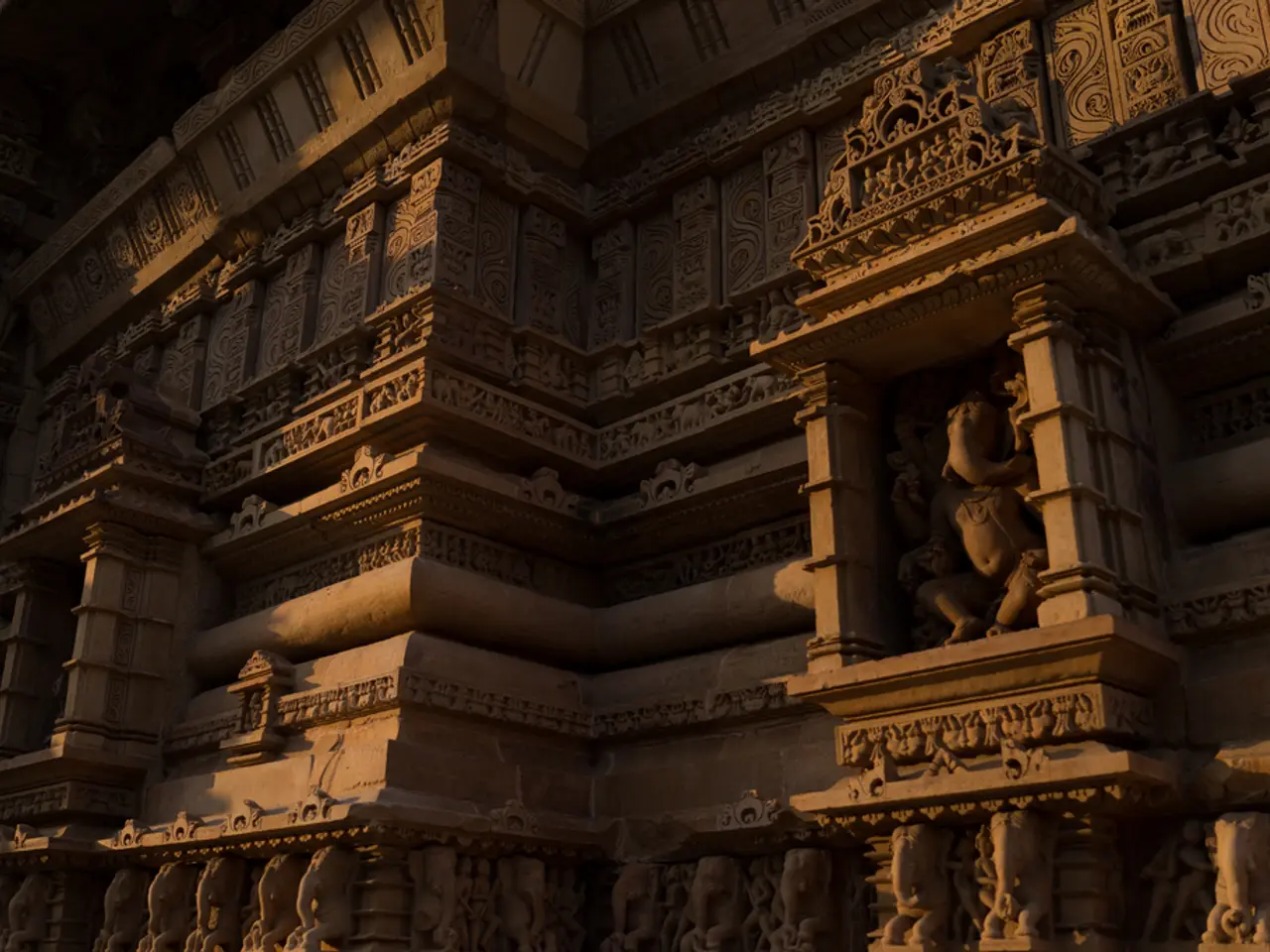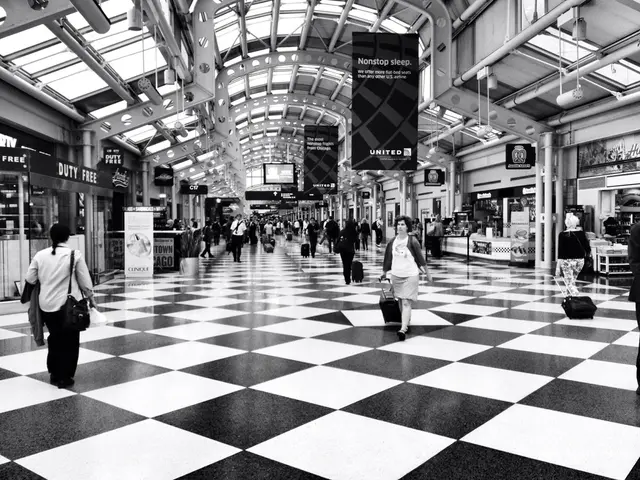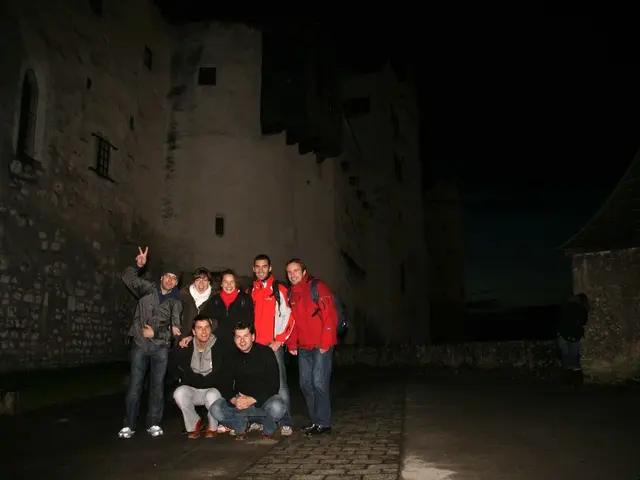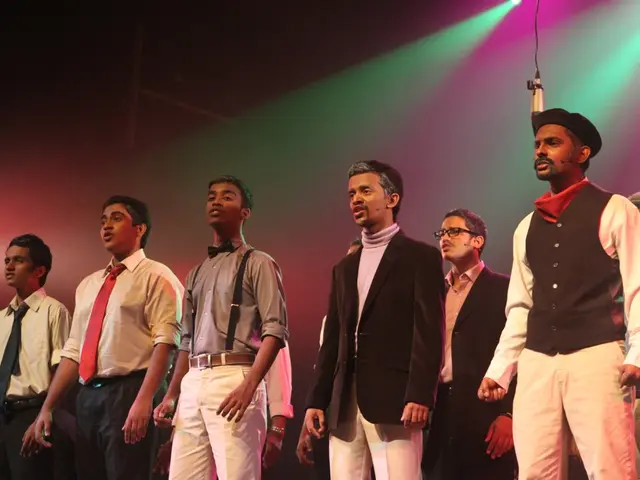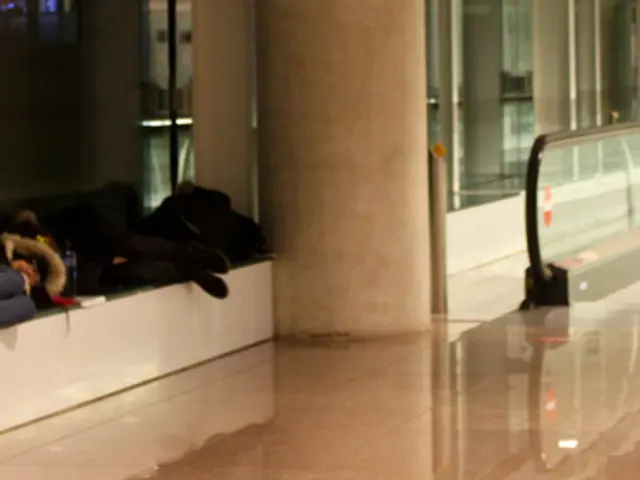The Renaissance City of Emilia-Romagna stands as one of Italy's most refined urban centers.
Ferrara, Italy, is a city steeped in history and cultural richness, with its Renaissance heritage and architectural jewels making it a unique and historically significant destination. Among the key sites that showcase Ferrara's urban and architectural achievements are the Castello Estense, the Cathedral of St. George, Via delle Volte, the Addizione Erculea, and the Jewish Ghetto.
The Castello Estense, an imposing fortress built in 1385, serves as a testament to the city's defensive past. Initially a defensive refuge for the d'Este family, one of Italy's most notable dynasties, the castle now offers visitors a glimpse into the Este dynasty's sophisticated tastes, with its richly decorated ducal apartments, the Golden Room, and Renaissance art panels.
The Cathedral of St. George, dating back to the 12th century, is another architectural gem within Ferrara's UNESCO-listed old town. Its architectural ensemble includes a Romanesque facade, a Gothic portico, and an unfinished bell tower, exemplifying the blend of medieval and Renaissance styles that characterize Ferrara’s religious buildings.
The Lion's Tower, a prominent feature of the castle, offers a panoramic view of Ferrara, including the Addizione Erculea, a masterpiece of Italian Renaissance early town planning. Commissioned by Ercole I d'Este at the end of the 15th century, the Addizione Erculea was a pioneering example of modern town planning in Europe, integrating innovative Renaissance principles of urban design and significantly contributing to Ferrara’s recognition as one of the first modern planned cities.
Via delle Volte, a picturesque medieval street, is famous for its atmospheric vaulted passages, reflecting Ferrara's medieval charm and making it a favourite for walking tours immersing visitors in the city’s historic urban fabric.
Finally, the Jewish Ghetto of Ferrara is a historically important area reflecting the Jewish community's long presence and cultural contribution to the city. It includes sites related to the tragic history of the Holocaust victims from Ferrara and is often included in specialized walking tours highlighting Ferrara’s Jewish heritage.
Together, these sites not only showcase Ferrara’s Renaissance urban and architectural achievements but also its layered cultural and social history, making the city a unique and historically rich destination in Italy.
[1] Ferrara, Italy's UNESCO World Heritage Site: https://whc.unesco.org/en/list/1199 [2] Jewish Ghetto of Ferrara: https://www.jewishheritageitaly.org/ferrara/ [3] Ferrara Tourism: https://www.turismo.ferrara.it/en/homepage
- After exploring the richly decorated ducal apartments in the Castello Estense, one could also delve into Ferrara's lifestyle and home-and-garden charm by wandering through Via delle Volte, a picturesque medieval street, showcasing the city's unique blend of history and medieval charm.
- A visit to Ferrara offers not just a glimpse into its Renaissance heritage but also an opportunity to experience diverse aspects of its cultural richness, such as the Jewish Ghetto, allowing travelers to immerse themselves in the city's complex social history and appreciate its significant contributions to various lifestyles throughout the ages.
